46.86377, -94.71895
Test the hypothesis that retaining a live seed source on a FDc23 jack pine harvest site will result in adequate natural jack pine regeneration.
46.373684, -92.801131
Assess effectiveness of Velpar treatment to control understory competition in preparation for establishing natural red pine regeneration under a mature red pine canopy.
46.121399, -94.011644
Regenerate a mature ash stand to a more diverse young stand in order to maintain a forested condition, considering imminent invasion by emerald ash borer (EAB) and anticipated climate change impacts on a very wet site.
46.6692, -92.78535
Harvest ash and plant with non-ash species to diversify stand composition in preparation of imminent Emerald Ash Borer (EAB) infestation.
47.551146, -91.16376
Multiple goals; but primarily to develop coordinated multi-landowner (USFS & MN DNR) stand management plans that integrate ecological, timber, water quality, and wildlife habitat objectives.
47.22704, -92.10348
Use the seed tree system to naturally regenerate a mixed stand dominated by red and white pine, keeping costs low with no site prep.
47.19935, -92.1805
Harvest birch stand with aspen pockets while ensuring birch remains a major component of the stand.
46.761258, -92.743935
Determine best silvicultural method for paper birch regeneration.
47.568207, -94.027104
Use prescribed fire to prepare the site, control beaked hazel, and expose mineral soil to favor natural regeneration of white pine and red pine, with a desired future condition of a two-aged mixed pine stand.
46.691, -92.536
Regenerate an even-aged mix of red pine and white pine using a seed tree system, augmented with low density planting of red pine
46.702402, -92.528351
To test an experimental red pine natural regeneration system that balances economic and ecological factors.
47.200157, -91.91711
Natural regeneration of paper birch by reserving mature aspen and scarifying the site with a salmon blade.
44.600222, -92.625645
Regenerate the mature portion of a lowland hardwoods stand to a young stand of similar composition and improve health and vigor of younger portion of the stand.
44.665304, -92.731634
Regenerate mature lowland hardwood stands to young stands of similar composition.
47.52870385, -93.99546396
Naturally regenerate a mature pine stand to a young mixed pine stand with a significant white pine component through use of prescribed burning and seed tree harvests.
43.028782, -90.842558
The goal of this harvest is to regenerate the oak/hickory type, encouraging all oak species.
47.186192, -92.049008
Regenerate red and white pine through natural seeding
47.077938, -92.247156
Increase yellow birch stocking, maintain paper birch component, and expand basswood while limiting aspen expansion.
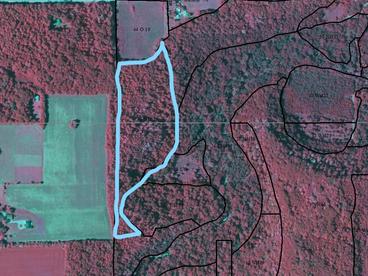
Clearcut with Reserves Harvest in Northern Hardwoods in a Mesic Oak Forest Plant Community (MN DNR)
Perpetuate an oak component through harvest and regeneration of a mature northern hardwoods stand.
Cover type: Northern hardwoods
Successful Pre-harvest Underplanting and Clearcut with Reserves Harvest for Oak/ Black Walnut Regeneration in a Southern Dry-Mesic Oak Forest NPC on the Albrecht Unit (MN DNR)
Regenerate a mature oak stand to a young stand of similar composition.
Cover type: Central hardwoods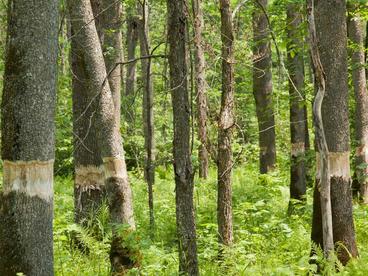
Evaluating the ecological impacts of EAB and climate change on black ash forests (Chippewa NF)
Increase resilience of black ash stands threatened by emerald ash borer (EAB) through regeneration harvests aimed at increasing representation of non-ash species.
Cover type: Ash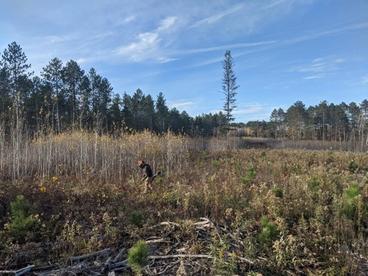
FDn33 mixedwood: using diversity to build ecological and economic resilience (CFC)
Maintain diversified composition and structure for economic and ecological resilience using a clearcut with reserves system and both natural and artificial techniques to regenerate a mix of conifers and hardwoods.
Cover type: Mixed Woods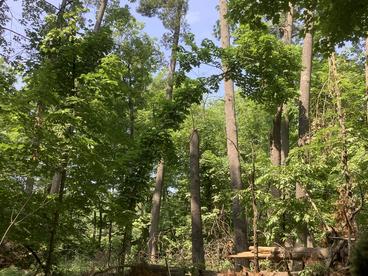
Variable Overstory Density Management for White Pine Regeneration in Two Native Plant Communities (MN DNR)
Establish or maintain uneven aged pine-mixed hardwood stands with a significant white pine component using natural regeneration.
Cover type: Mixed Woods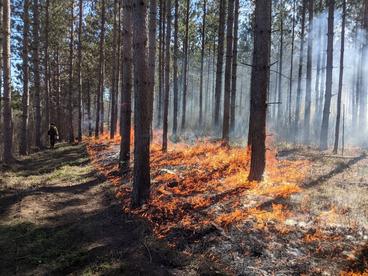
Mid-rotation site preparation and community wellness support through prescribed fire in the Otter Creek burn unit (FDL & UMN)
Promote and maintain fire-dependent forested community and conduct mid-rotation site preparation through ecocultural prescribed fire.
Cover type: Pine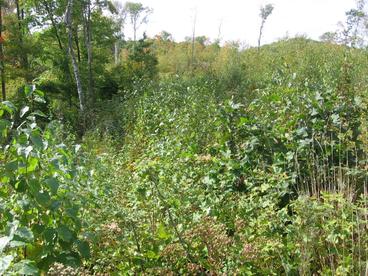
Hardwood Hill II – Northern hardwoods shelterwood with minimal scarification (St. Louis County)
The objective of this sale is to perpetuate the northern hardwood composition of the stand, retaining some species diversity on the landscape. Secondarily, we will provide a diversity of harvest species for operators and smaller mills.
Cover type: Northern hardwoods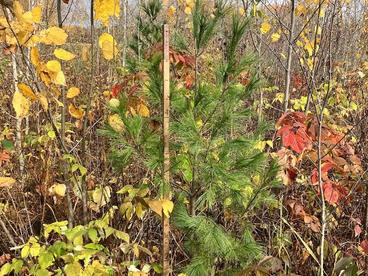
Mixed Wood Treatments (Carlton County)
Use residual patches of eastern white pine within aspen stands for future natural regeneration. Aspen stand to be harvested while white pine seedlings establish.
Cover type: Mixed Woods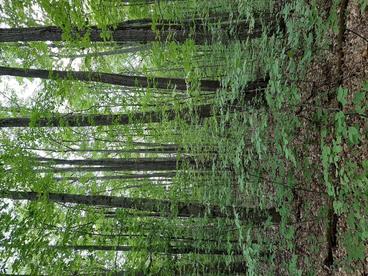
Shelterwood and slash walls to regenerate northern red oak and eastern hemlock (USFS)
Objectives of this stand include a shelterwood harvest, tending of the stand via understory cutting, constructing a slash wall for deer exclusion, and evaluating the effectiveness of excluding deer and the natural regeneration success.
Cover type: Northern hardwoods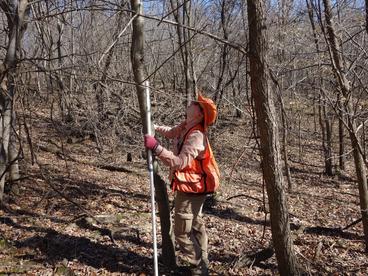
Underplanting for Oak/ Black Walnut Regeneration in a Southern Dry-Mesic Oak Forest NPC on the Buelow Unit
Regenerate a mature oak stand to a young stand of similar composition.
Cover type: Central hardwoods